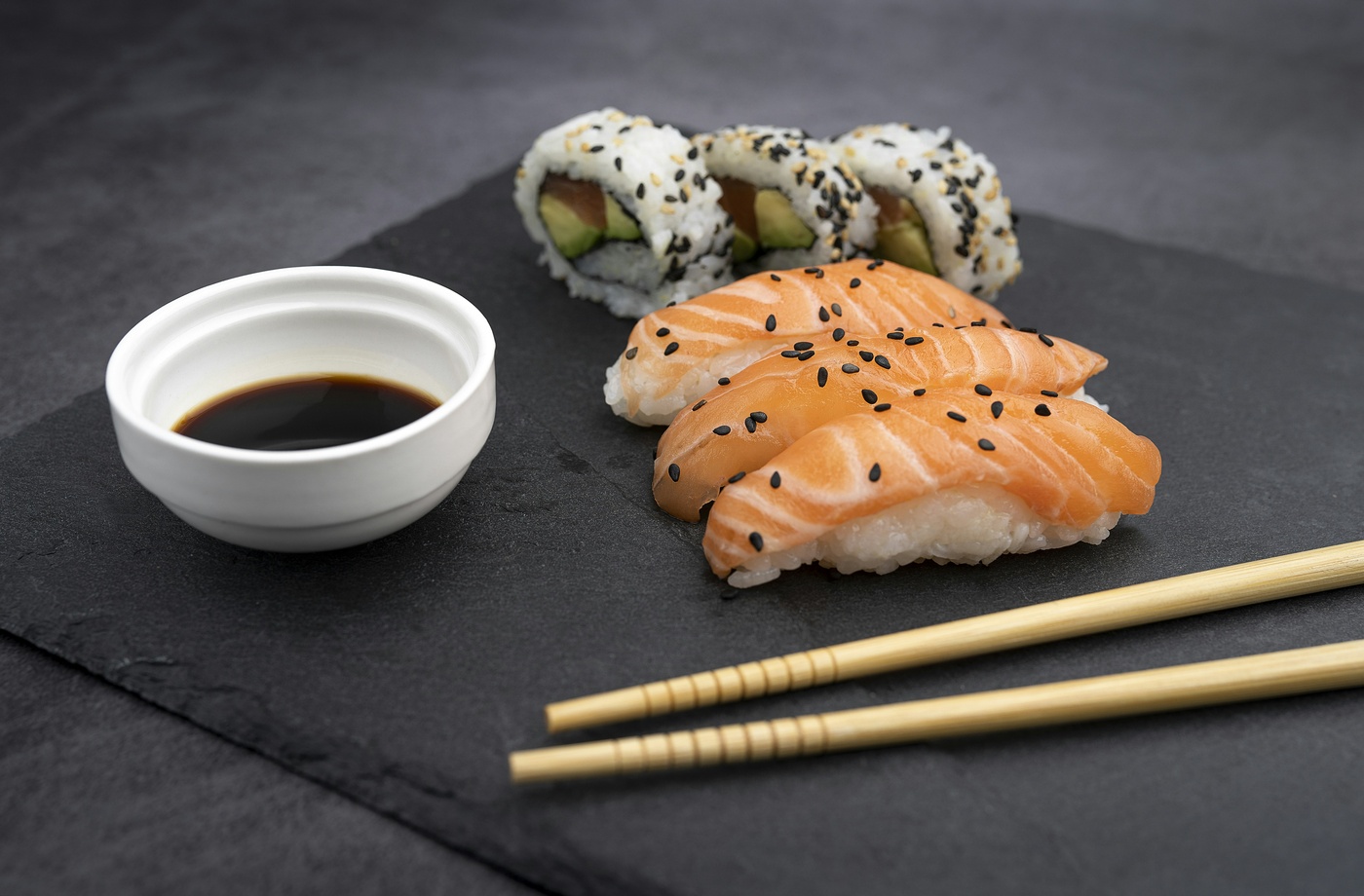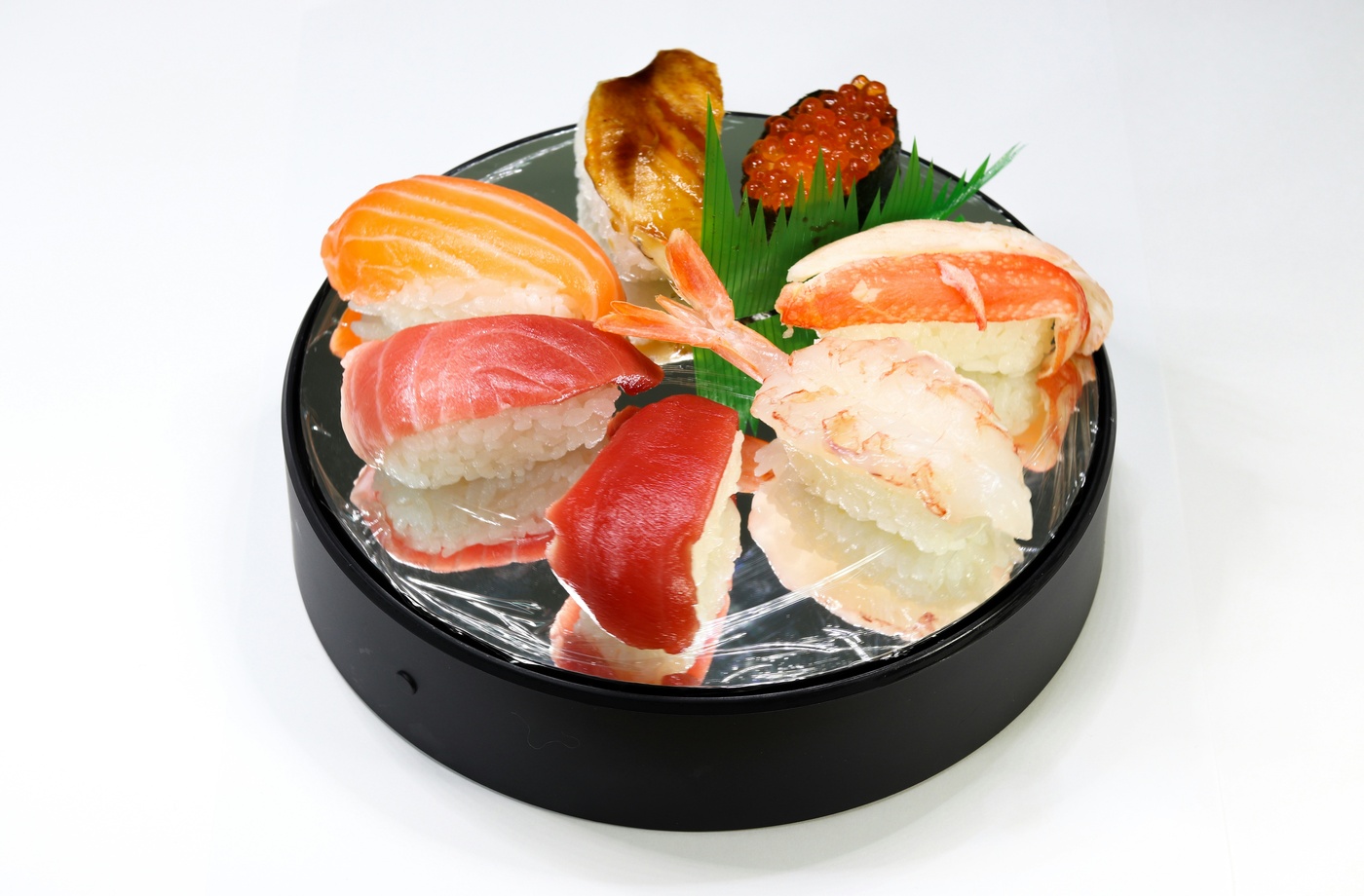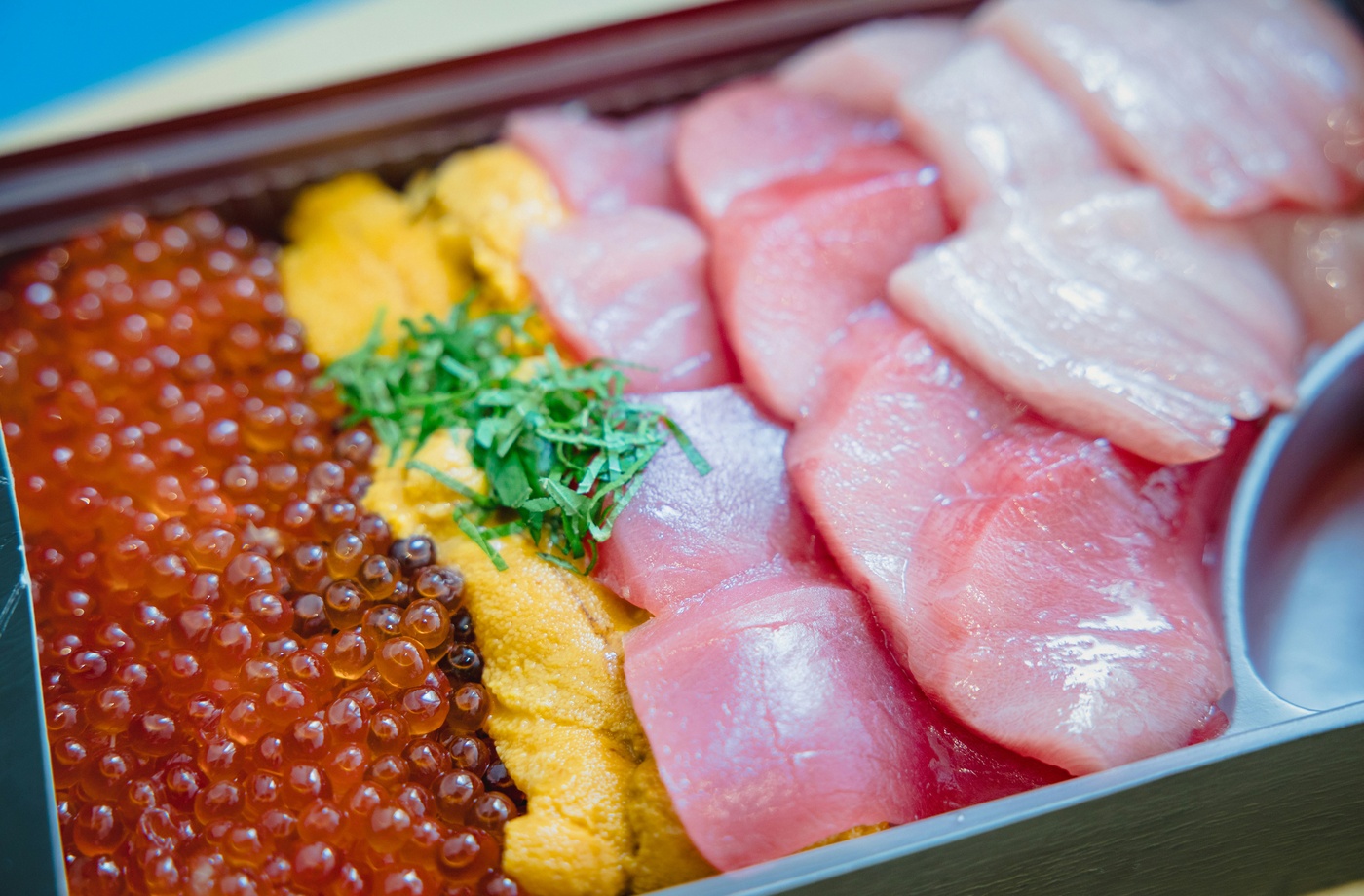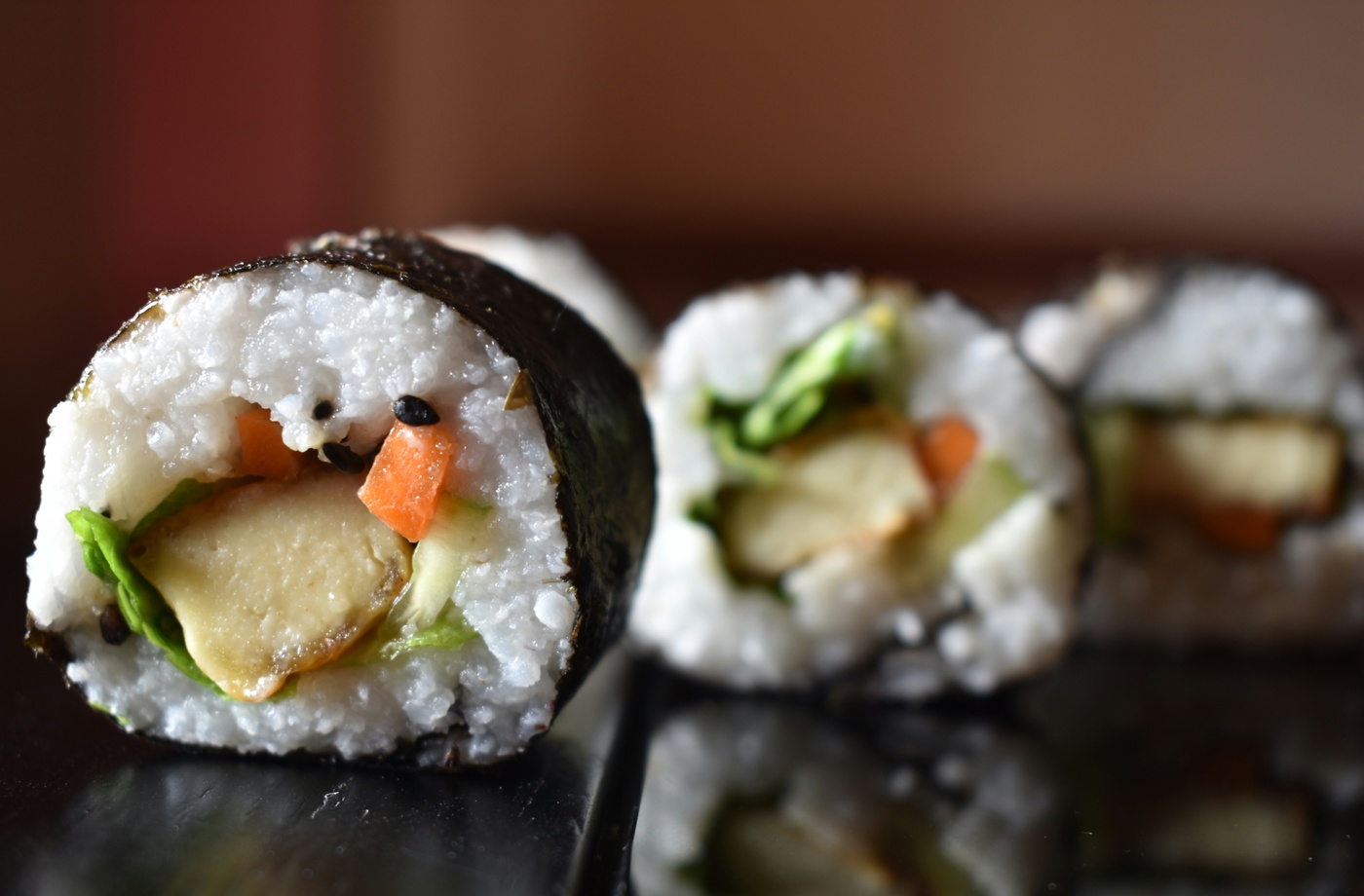Omakase isn’t simply a way to order sushi—it’s a philosophy of trust, artistry, and presence. Derived from the Japanese phrase meaning “I leave it up to you,” omakase invites the chef to take full creative control of your dining experience. What follows is a meal shaped by intuition, seasonality, and a level of craftsmanship honed through years of discipline.
Unlike à la carte sushi, where diners choose individual pieces or rolls, omakase is fluid. Each course builds on the one before it, revealing the chef’s perspective on balance, progression, and harmony. From the first bite of zuke maguro to the final tamago, every element is considered. The experience feels less like ordering food and more like witnessing a narrative unfold in real time.
While omakase has gained global popularity, its roots are firmly planted in Japanese culture. According to the Japan National Tourism Organization, the approach reflects traditional values of respect and seasonality—known as “shun.” Ingredients are chosen at their peak, often sourced that same day, and presented in a way that lets their natural flavor lead. The chef may offer subtle explanations throughout, but often the silence is part of the experience.
A seat at an omakase counter is a front-row view into the techniques of itamae (sushi chefs) who train for decades. Every movement—slicing fish, forming rice, brushing soy sauce—is intentional. The best chefs adjust each course based on your reactions, making the experience both intimate and ephemeral.
Globally, omakase has evolved. Contemporary restaurants are infusing new elements—aged fish, global ingredients, wine pairings—without abandoning the foundational principle of chef-led trust. Establishments like Sushi Saito in Tokyo or Sushi Noz in New York have garnered international acclaim, with many earning stars from the Michelin Guide. Their menus change daily, often with no written record, preserving the ephemeral nature of the meal.
For first-time diners, it’s important to arrive open-minded. Avoid heavy fragrances, observe quietly, and don’t expect substitutions. Omakase is best appreciated with presence, respect, and an adventurous palate.
Whether in Tokyo’s back alleys or an exclusive New York loft, omakase is less about extravagance and more about purity. It’s the art of giving up control—and discovering something beautiful in return.



